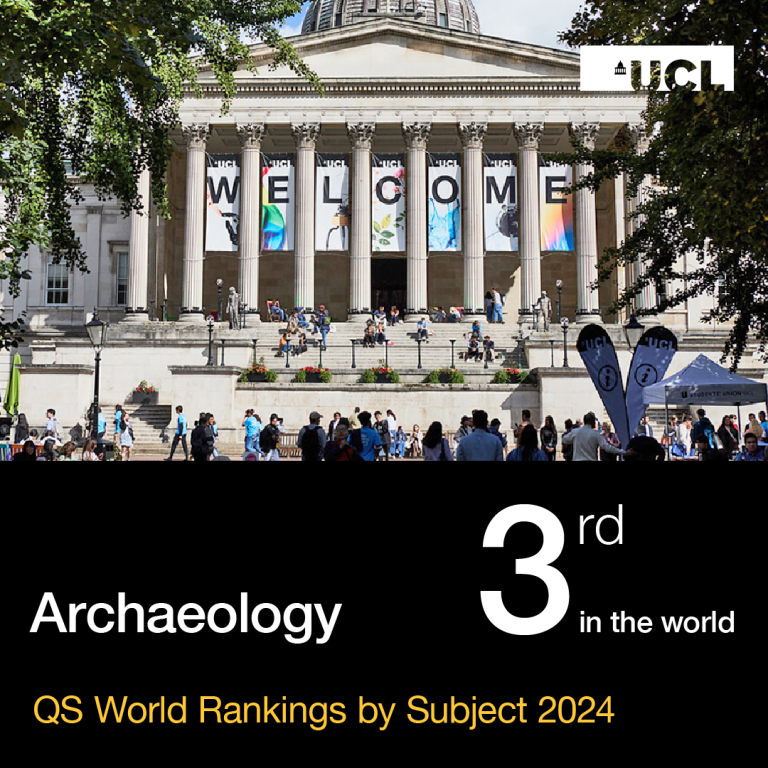This module offers an introduction to the analysis of a range of siliceous materials which were mainly used for their ornamental properties.
For the artificial materials, emphasis will be put on the origins, analysis and interpretation of the raw materials and colorants. Semi-precious stones and minerals, often worked to beads and inlays, are also covered in this option.
Aims of the module
The aims of the module are to give students a science-based understanding of the broad development and spread of glass, glazes, pigments and beads in their archaeological contexts from the Late Bronze Age up to the end of the Middle Ages. This includes an introduction to the concept of glass as a specific type of material, with specific properties. Based on this, the module strives to convey some of the basic chemical and physical processes relevant to the making, working and scientific analysis of glazes, glass and pigments, following a broad chronological outline. Examples are drawn mostly from Western Asia and the Mediterranean, Europe, China and Africa, and include current research topics including opinions which are not universally accepted, and in flux as progress is being made. This course does not offer stylistic discussion of artefacts, nor any other art historical or conservation aspects.
Objectives
On successful completion of this module students should have an overview of the general trends of technical and cultural developments in relation to glass etc. Furthermore, they should have acquired an in-depth understanding of the fundamental principles of glass making and working at a level sufficient to independently research related topics. In anticipation of possible confrontation, during later archaeological practice, with such materials, students should understand the general outlines of regional and chronological developments. They should also recognise relevant evidence such as wasters, slag and industrial ceramics. In particular, they should be able to pose educated questions leading to a scientific investigation of such remains, and be able to critically evaluate different types of answers resulting from archaeometric approaches.
Teaching Methods
The module is taught through seminars / lectures. In addition, further sessions may be arranged to give students greater familiarity with the materials, methods and techniques covered in the course. Sessions have weekly recommended readings, which students will be expected to have done in advance of the session, to be able to follow and actively contribute to the discussion.
Module information
- Code: ARCL0099
- Credits: 15
- Coordinator: tbc
- Prerequisite: This module does not have specific prerequisites, although a basic understanding of scientific and analytical approaches is desirable.
- Handbook:
For registered students
- Reading list: open»
Availability
- Not running in 2023-24
 Close
Close


